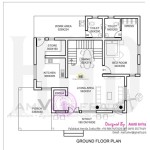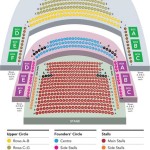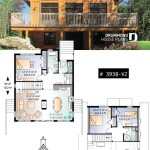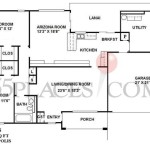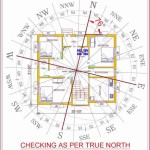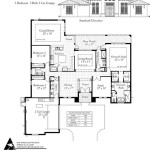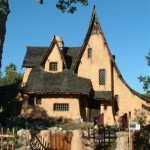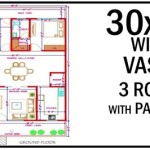Simple Medieval Castle Floor Plans
Medieval castles, often visualized as complex fortresses with labyrinthine layouts, started with much simpler designs. Early castle floor plans prioritized functionality and defense over elaborate aesthetics. Understanding these fundamental designs offers insight into the evolution of castle architecture and the practical considerations that governed their construction.
One of the earliest and simplest forms was the Motte-and-Bailey castle. This design consisted of a raised earthwork mound, the motte, topped with a wooden or stone keep, and an adjacent enclosed courtyard, the bailey. The motte served as a strongpoint and observation post, while the bailey housed essential buildings like storehouses, barracks, and workshops. The simplicity of this plan allowed for rapid construction, often utilizing readily available materials like timber and earth. A palisade, a defensive fence made of wooden stakes, usually surrounded both the motte and the bailey, providing a primary line of defense.
As technology and resources evolved, so did castle designs. The Shell Keep replaced the Motte-and-Bailey as a more robust structure. A shell keep consisted of a curtain wall enclosing a courtyard. Buildings within the courtyard, often leaning against the curtain wall, provided accommodation and storage. This design eliminated the vulnerability of a single-point keep by distributing the defensive capabilities across the entire perimeter. The height and thickness of the curtain wall were critical defensive features, making scaling or breaching the walls difficult for attackers. The open courtyard also offered space for maneuvering during a siege and provided a central area for mustering defenders.
The Keep-and-Bailey castle represents a development from the earlier Motte-and-Bailey design. It featured a central stone keep, significantly stronger and more permanent than its wooden predecessor, surrounded by a fortified bailey. The keep served as the ultimate defensive position and provided living quarters for the lord and his family. The bailey, enclosed by curtain walls and often further protected by ditches or moats, housed other essential structures. Gatehouses, typically fortified with portcullises and murder holes, controlled access to the bailey and represented critical defensive points within the castle complex.
Rectangular and quadrangular keeps became prevalent, offering improved internal organization and defense. These keeps often featured multiple floors, each serving a specific purpose. Basements served as storage areas, while the ground floor might house a guardroom or great hall. Upper floors provided private chambers and living spaces for the lord and his family. Battlements atop the keep provided defensive positions for archers and other defenders. Thick walls, narrow arrow slits, and strategically placed murder holes further enhanced the defensive capabilities of these structures.
The development of concentric castles marked a significant advancement in medieval military architecture. These castles featured multiple layers of curtain walls, each enclosing the one within. This design created a series of defensive lines, making it extremely difficult for attackers to penetrate. The outer curtain wall, typically lower than the inner wall, offered a clear field of fire for defenders on the inner wall. Gatehouses were heavily fortified and often placed within multiple layers of defenses. Concentric castles represented a sophisticated approach to defense, utilizing multiple layers of walls, towers, and gatehouses to create a formidable obstacle for any attacker. The spaces between the walls, known as baileys, could be used for accommodating troops, storing supplies, and even housing gardens or livestock.
While grand and complex castles captured the imagination, many smaller fortifications utilized simpler floor plans. Tower houses, essentially fortified residences, often consisted of a single tower with multiple stories. These structures provided defense against raiding parties and local rivals but lacked the extensive fortifications of larger castles. Their simple layout typically included a ground floor for storage or a guardroom, upper floors for living quarters, and a roof platform for observation and defense.
Understanding the evolution of medieval castle floor plans provides valuable insights into the changing nature of warfare and the development of defensive architecture. From the simple Motte-and-Bailey to the complex concentric castle, each design reflected the prevailing military technology and the specific needs of the time. The limited resources and immediate defensive requirements of early medieval lords led to the development of basic, practical designs. As resources increased and siege warfare became more sophisticated, castle architecture evolved to meet these new challenges.
Studying these floor plans reveals how considerations of defense, resource management, and social hierarchy shaped the design and construction of these iconic structures. The placement of gatehouses, the height and thickness of walls, and the organization of internal spaces all reflect the practicalities of medieval life and the constant threat of conflict.

A Small Selection Of Medieval Castle Layouts Album On Imgur Planejamento De Produção Floor Plan Castelo Moderno

Its A Simple Castle Floor Plan Layout How To

Castle Floorplans Floor Plan Ashby In Northants England Layout How To

Medieval Castle Layout The Diffe Rooms And Areas Of A Typical Exploring Castles

Castlemagic Castle Plans

Castlemagic Castle Plans

Bodiam Castle A Remarkable Fortress In Sussex Forever Karen

Castlemagic Castle Plans
European Flair Castle House Plans Houseplans Blog Com

Plan 052h 0089 The House

